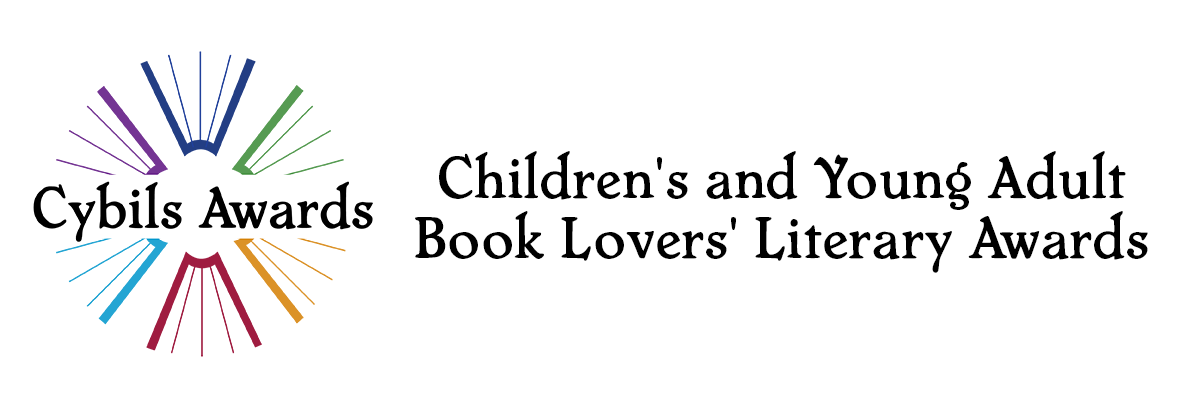We've got two more blurbs for you, our inquiringly-minded readers, giving you a sneak peek at what it was like for our Round I judges to narrow down such a fantastic (and, in some cases, fantastically huge) field of nominations. Today, check out the story being Fantasy and Science Fiction and Fiction Picture Books.
Sheila Ruth, Fantasy and Science Fiction: The popularity of fantasy and science fiction continues to grow; this
year we had 98 eligible nominees in the elementary/middle level, and
134 in the teen level. For the first time, we had so many nominees
that we had to create two SFF panels: one for the middle-grade books
and one for the teen books.
Paranormal books continued to dominate the YA group, with many stories
about vampires, werewolves, zombies, and ghosts. Fairies were also
popular in both age groups, and angels emerged as an up and coming
interest. The panelists were sad at the dearth of real science
fiction; we had a few good science fiction books nominated, but not
many. It was also a strong year for short fiction, with The Serial
Garden and Lips Touch earning spots on the shortlists, and several
other excellent anthologies on the longlist, some of which were
serious candidates.
Defining the boundaries of SFF was an interesting challenge, and both
panelists and organizers had some interesting discussions about which
books should be in the SFF category and which ones belonged in the
regular Middle-Grade or YA fiction categories. In one example, YA
organizer Jackie Parker and I discussed two books about girls in
comas, and decided to place one in SFF and the other in YA fiction
based on differences in how each story was handled.
Pam Coughlan, Fiction Picture Books: It may seem that the judging in the Fiction Picture Book category is
easy because the books are – no getting around this – short. But what
we don't have in length is made up in volume, with 175 nominations in
this category for 2009. To make sure that we read this many books, our
first-round judges hit the libraries, walking out balancing stacks of
nominated books. Our judges have been known to sit in the aisles of
bookstores, reading elusive titles.
As we made our way through the
nominations, we faced the real challenge of narrowing down this amazing
wealth of stories to a personal top fifteen. This year that approach
didn't narrow the field enough, so we each submitted a Fight for Five
list, with reasons to include our top choices. Our final discussion
took place with these lists as context, putting in with relative ease
the books that found a certain consensus and arguing the merits of one
title over another for many others. The goal was to bring a list that
showed not just the best picture books, but also a shortlist that
represented the diversity of genre, style, culture, and audience that
falls under the broad umbrella of picture books. So much for an easy
gig.
